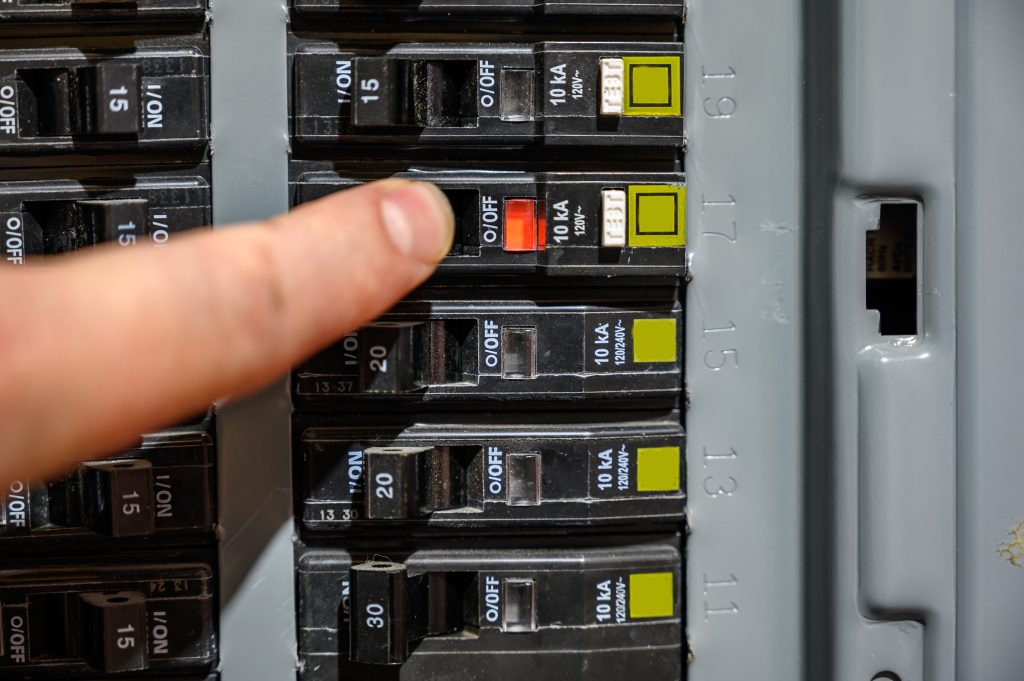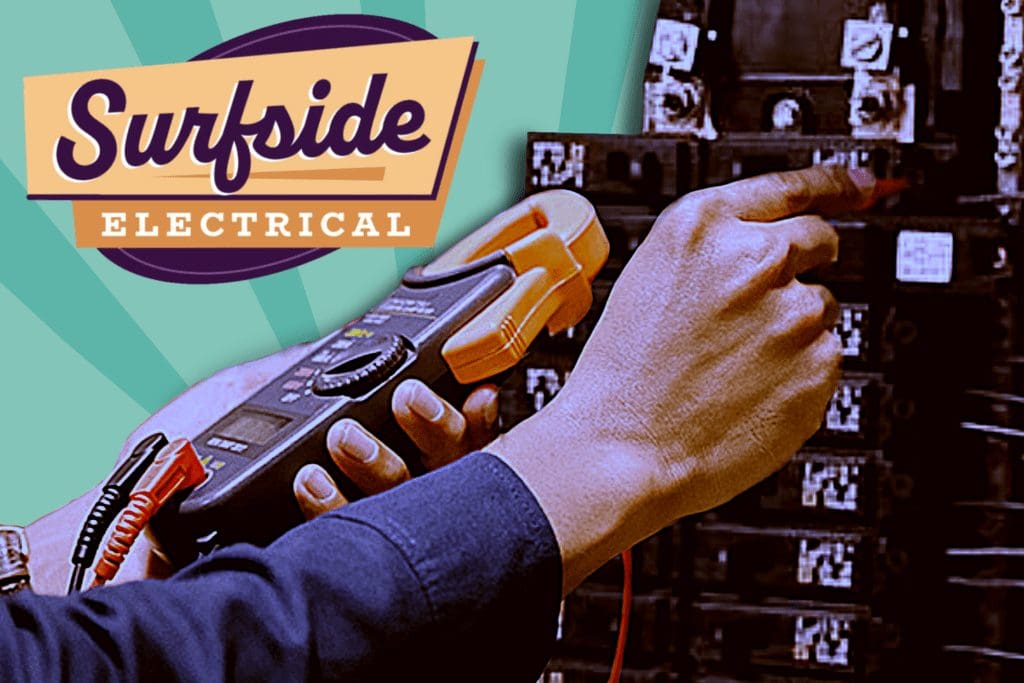Circuit Breakers: Dealing With a Bad Breaker

What are Circuit Breakers?
Circuit breakers are automatic safety switches that cut off the electrical current if certain conditions are reached. A circuit breaker is a safety device, which makes it critical to have it kept in good working condition. It helps protect people and electrical devices from damage in the event of an overcurrent or overload or a short circuit. In a nutshell, circuit breakers interrupt the electrical current flow to keep you and your devices safe. But like with any electrical device, it can go bad, and a bad breaker needs to be dealt with swiftly.

I've Lost Power, Where Do I Start?
If you've lost power to a specific appliance or area of your home or business, it could be an issue with one of your circuit breakers. But just because it's tripped doesn't mean it's a bad breaker. So, what does it mean? As it turns out, there are three reasons you might have a tripped breaker:
- Short circuits
- Overloaded circuits
- Bad breaker
Short Circuit
When a circuit breaker is tripping because it is being 'shorted out', this isn't usually an easy fix. This can occur for several reasons, such as a loose connection or damaged wire. It could be within an appliance on that circuit or somewhere between the breaker and another destination. A short circuit may result in a burning smell or even you seeing a little smoke, which can often be an indicator of the shorts location. Discoloration may also appear, like around an outlet or on some part of an appliance.
To resolve this, you'll usually need a licensed electrician or possibly an appliance repairman or HVAC technician. If the breaker that is tripping is the breaker for your air conditioner, for example, you may need an HVAC contractor. If the circuit breaker that's tripped is for your stove, it could be an appliance or an electrical issue, in which case it is best to start with calling an electrician. A professional electrician will be able to determine the location of the short and whether there is a bad breaker or not and make recommendations from there.
Overloaded Circuit
When your circuit is overloaded, this isn't a 'bad breaker' scenario. An overloaded circuit breaker that trips is performing its job perfectly by disrupting the electrical current when it is pulling too many amps. This safety action helps prevent fire or damage to devices or appliances, and can save your life if you've accidentally exposed yourself to the circuit.
Overloads are pretty common and easily identifiable. If you turn your microwave or other such device on and the breaker trips, commonsense tells you that device is overloading the circuit. However, this doesn't necessarily mean your device is malfunctioning. It's possible the breaker is undersized, which is something to consider if your breaker is tripping after adding a new device to a circuit. To resolve and prevent this, circuit sizes should be selected by a qualified and licensed professional to ensure that the load is estimated correctly and the circuit breaker sized right.
Bad Breaker
Ultimately, you may have a bad breaker. Fortunately, this is an easy fix for an experienced technician. Even for some do-it-yourself homeowners, a breaker qualifies as one of the more common repairs homeowners handle on their own. Be careful, though. At the end of the day changing a bad breaker is dangerous. You run the risk of deadly electrical shock or even an explosion of copper and other pieces if the breaker is compromised. This is why we always recommend using a licensed master electrician or an appropriately trained apprentice or journeyman electrician working under a master.
When My Breaker is Tripped, What First?
If you have a bad breaker or simply a breaker that is tripped, you want to do a few simply things before calling an electrician. It's important that you gather the right information to relay to the home services company of your choice so they can make sure they're prepared to properly handle your electrical needs.
Step 1: Try Resetting the Breaker
Before anything else, try resetting your breaker. It's possible it overloaded in a scenario where it might not happen again. Push the handle all the way to the off position and then back to the on position to reset it. If it immediately trips again, or it won't let you reset it, you may have a bad breaker or a short circuit.
Step 2: Take Note of the Breaker and What Happened
When you call to schedule an electrician to come out, it's helpful if you can relay what size breaker you're having issues with. The size should be indicated clearly on the breaker as a 20amp, 30amp, or some other size. It may also be a double pole or some other special type, which can be identified by if it is larger than the other breakers in your panel (double pole is doubly wide) or by writing on it like 'Square D QO'.
It is also very helpful to know what happened to make the breaker trip. Did your HVAC turn on and it trip? Did you plug in a new device? Did you smell or see smoke? These things are very useful in getting an idea of what your problem may be. Knowing upfront what might be the problem allows local electrical companies to send the best-suited technician for the job with all the right parts and tools.
Step 3: Don't Do Anything Dumb
If your circuit breaker is tripped, it is tripped for a reason. Don't try to bypass it or force it to operate. It tripping is not a malfunction, it's your safety device keeping you safe. Accept that it needs a little help and give us a call to come check it out.
Need Help With a Bad Breaker?
When dealing with a bad breaker, you may need the help of a licensed electrician. If so, give us a call. Our team will lend a helping hand at an affordable price.
